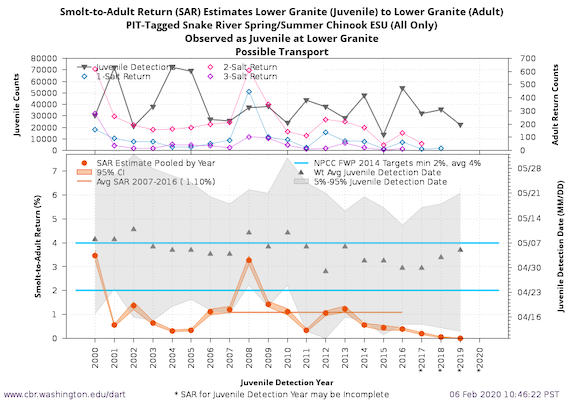forum
library
tutorial
contact

Solving the Problem
of the Salmon
by Editorial Board
Capital Press, December 8, 2022
|
the film forum library tutorial contact |

|
Solving the Problem
by Editorial Board
|
 Consider the plight of the salmon that pass along the Washington state coast and through the Salish Sea north of Puget Sound. As they head to and from their spawning grounds, they have to dodge orcas, commercial and sport fishermen and other predators.
Consider the plight of the salmon that pass along the Washington state coast and through the Salish Sea north of Puget Sound. As they head to and from their spawning grounds, they have to dodge orcas, commercial and sport fishermen and other predators.
Key among those predators are thousands of harbor seals, Stellar seal lions and California sea lions. These pinnipeds linger in areas as salmon pass by in what could best be termed a marine buffet line.
While the salmon populations are protected under the federal Endangered Species Act, the pinnipeds are protected under the federal Marine Mammal Protection Act.
This leaves fisheries biologists in a quandary.
They can either allow the pinnipeds, whose populations are growing, to continue their movable feast and watch salmon populations shrink, or they can reduce the number of seals and sea lions and allow more salmon to survive.
Neither option is easily accomplished because of the conflicting laws, but the status quo could ultimately cause the salmon populations to fail and, in a chain reaction, impact the similarly protected orcas, which also depend on salmon for much of their food.
Considering these factors, biologists should consider reducing the number of seals and sea lions to allow more salmon to survive.
That was the suggestion of a report the Washington State Academy of Sciences prepared for the state Department of Fish and Wildlife.
"In specific locations and during certain seasons, pinniped predation on salmon is intense and reduces the number of adult salmon reaching spawning grounds," the academy report said.
Some of the seals and sea lions are even "specialists" that target salmon, according to the report.
As is often the case when dealing with several protected species, the academy warns that there are no easy answers. Instead, the scientists suggest a series of experiments that "will require robust adaptive management approaches that experimentally change pinniped populations at spatial and temporal scales that can meaningfully impact the ecosystem."
Translation: Pick a few times and places where particular seals and sea lions appear to be eating the most salmon and "lethally remove" them. Then see how many more salmon survive.
Doing that or undertaking other experiments will require a change in the Marine Mammal Protection Act, the 1972 federal law that appears to be part of the problem. It specifies which actions states can take to manage California sea lions, which are no longer at risk. In fact, their populations are mushrooming.
A good first step would be to enlist the help of the Washington congressional delegation to modify the marine mammal law. Similar modifications have allowed fisheries managers in Oregon to remove sea lions dining on salmon at the Bonneville Dam and Willamette Falls, which are called "environmental pinch points." About 44% of the Columbia River spring chinook run and 25% of the Willamette River winter steelhead run were being eaten by the sea lions.
With an amended marine mammal law in hand, researchers in Washington state should be able to sort out what to do with the seals and sea lions that are eating their way through major salmon populations.
Readers will note that this solution will have nothing to do with taking out dams and everything to do with common sense.
learn more on topics covered in the film
see the video
read the script
learn the songs
discussion forum
